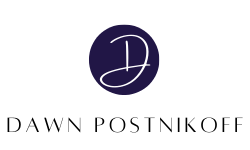Who is on Your Bus?
First Who, Then What—get the right people on the bus—is a concept developed in the book Good to Great by Jim Collins. Those who build great organizations make sure they have the right people on the bus and the right people in the key seats before they figure out where to drive the bus. They think first about who and then about what — taking care to hire people who understand the company values, who fit with the company culture and who are working towards common goals. Clarity from the start.
Another perspective: I heard on a podcast last week about the “chug test”. The question you ask is, “could you sit down and chug a beer (or sip a cocktail or soda) with this person?” If you don’t enjoy spending time with someone, at the very least long enough to sit and chug a beer, then they do not belong on your bus!
And yet we sometimes find ourselves with that one person on the team who is high performing, but toxic. They might get on everyone’s nerves or are always forgetting important details. Maybe they are great with customers but horrendous at paperwork. Your best sales person is a bully to the rest of your team. Or the cook who has a great sense of humour but is just SO slow. They are the ones that poison the team, either by making the workplace unbearable or by not carrying their load.
Jeremy Goldman, in an article published by Inc. Magazine, indicated that "the cost of keeping the wrong [toxic] person can be up to 15 times his or her annual salary," compared to the gains and benefits of not losing a star performer.
As difficult as those conversations can be, as a business leader you need to make an important moral and business decision. "Do I let them (the toxic employee) stay or do I let them go?” And if they stay, then under what conditions?

